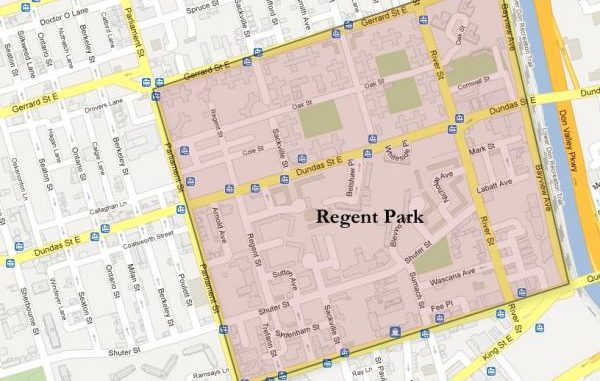
Adam Vaughan, Parliamentary Secretary to the Minister of Families, Children and Social Development (Housing and Urban Affairs) and Member of Parliament for Spadina–Fort York, on behalf of the Honourable Jean-Yves Duclos, Minister of Families, Children and Social Development, thanked the community of Regent Park, the Government of Ontario, the City of Toronto, and all participants in the Tackling Poverty Together (TPT) project in Regent Park. The Government of Canada is committed to tackling poverty and inequality to achieve real results.
TPT is intended to inform the development of the Canadian Poverty Reduction Strategy and allow the Government of Canada to hear directly from Canadians living in poverty and learn from organizations that deliver poverty reduction programs at the community level.
The community visit, which took place from February 27 to March 3, is the second case study completed out of six. The case study of Regent Park is intended to provide a broader understanding of poverty in the community as well as assess the impact of poverty reduction programs occurring within the community.
The community visit included speaking with people in Regent Park with a lived experience of poverty. Community members in Regent Park were engaged through a variety of mechanisms, including: surveys, focus groups, interviews and roundtable sessions. The input and feedback collected through these meetings and discussions will provide valuable information, including the impact of federal poverty reduction programs in the community, which will help shape the development of the Canadian Poverty Reduction Strategy.
The project placed a strong emphasis on partnership and engagement with stakeholders, non-governmental organizations, the Government of Ontario, and the City of Toronto throughout the entire research process in Regent Park. The research explored unique characteristics and perspectives of poverty experienced in the community as well as local solutions and suggestions.
Next stops for the TPT project will include Winnipeg, Manitoba; Tisdale, Saskatchewan; Trois-Rivières, Quebec; and Yellowknife, Northwest Territories.
The TPT project will release its findings in late summer 2017. All Canadians are encouraged to learn more about what is happening under the Poverty Reduction Strategy by visiting the webpage or joining the online conversation to #ReducePoverty in Canada @SocDevSoc.
Quotes
“Poverty is a complex issue that affects more than 3 million Canadians. It has many faces—children and families, seniors, Indigenous people, people with disabilities and immigrants. We need to work together with our partners, and with all Canadians, to find solutions. Every Canadian should have the chance to build a good life for themselves and their families. That is why we need to hear from you about how we can make it happen.”
– The Honourable Jean-Yves Duclos, Minister of Families, Children and Social Development
“It is an honour to be a champion for Regent Park, Toronto—with heartfelt thanks, I am continuously amazed at the openness of this community to share its story and participate in the Tackling Poverty Together initiative. I am grateful for our community partners who have participated and shared their continued efforts towards reducing poverty. Through this research process we are building a poverty reduction strategy that will have real meaning and impact on not only our community members, but all Canadians.”
– Adam Vaughan, Parliamentary Secretary to the Minister of Families, Children and Social Development (Housing and Urban Affairs) and Member of Parliament for Spadina–Fort York
Quick Facts
- In 2014, 3 million Canadians (8.8 percent of the population) lived in poverty. This included more than half a million children.
- Unattached people aged 45 to 64, single parents, recent immigrants, Indigenous people and people with disabilities are more likely to experience poverty.
- In 2014, about 746,000 Canadians lived in families that worked but were poor.
- In 2014, Canada’s low-income rate for seniors was 3.9 percent.
- In 2011, Over 655,000 Canadian households spent at least 50 percent of their income before taxes on housing. About 90 percent of these households were low-income.




Leave a Reply